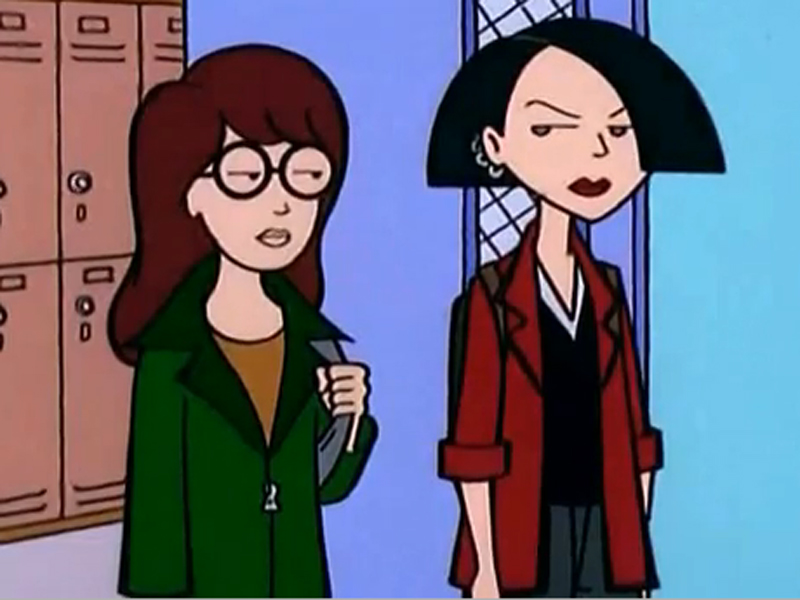Reaching national targets for HPV immunisation is proving to be a harder task than expected
Anti-vaccination messages are thwarting the HPV vaccination rollout across high schools in Australia, with new figures showing one-quarter of girls and one-third of boys are not fully covered.
While the anti-vax campaign was not as strong here as it was in the US, fear campaigns and religious opposition had led to a lower-than-expected uptake in the vaccine, Professor Paul Van Buynder, chairman of the Immunisation Coalition and public-health physician, said.
Whereas immunisation rates of young children are around 94%, data shows only 77% of females receive all three HPV shots, and only 66% of males do, prompting immunisation experts to release a discussion paper to address some of the barriers to reaching national targets.
One difficulty was that there had been “a lot of noise” from anti-vaccination groups who had campaigned against this antigen, Professor Van Buynder said.
It was challenging to get parents to understand how important the vaccine was, and the group hoped that GPs would help inform concerned parents, he said.
“We were worried that parents didn’t understand the significance of the disease,” he said.
“They didn’t realise that we have given 10 million children this vaccine, that it has been around for a fair while and that it is known to both work and be safe. Some of them didn’t even realise that children needed a vaccine.”
“But 85% of their children will end up getting HPV, 10 to 20% won’t clear the virus, and then they’ve got a chance of going on to get a whole range of cancers, from genital cancers, cancers of the head and neck and so on.”
There were also parents who did not believe that their children were at risk of the virus, he said.
“The message is: 85% are going to get HPV, whether they’re ‘good’ or ‘bad’,” he said.
Another major barrier was the current paper-based consent form process, which relied on students not forgetting to bring the form home to their parents and then back to the school.
Some parents also preferred their child be vaccinated in a general practice, out of concern that they might cry or cringe in front of their peers.
As well as educating parents on the benefits of the vaccine, the group hoped GPs would assist with catch-up vaccinations for children who had missed their vaccinations.
But because there is no national system linking school vaccine service providers and local doctors, GPs face a challenge in checking the vaccine status of patients they encounter.
There is no national system linking school vaccine service providers and local doctors.
Each state and territory also has a different system for reporting the vaccinations, the type of information, timing of reporting and whether there is information on vaccines given outside of school.
While clinicians wait for the school vaccination data to be integrated into the Australian Immunisation Register in around two years, opportunistic checking with age-appropriate patients would help improve coverage, the Immunisation Coalition group said.
The group also suggested using the Smart Vax adverse-event system to prompt vaccinations, providing practices are registered and GPs are nominated by the adolescent.


